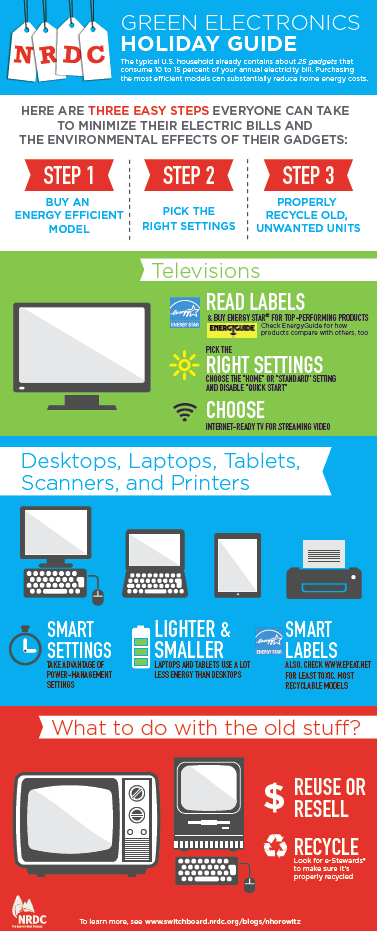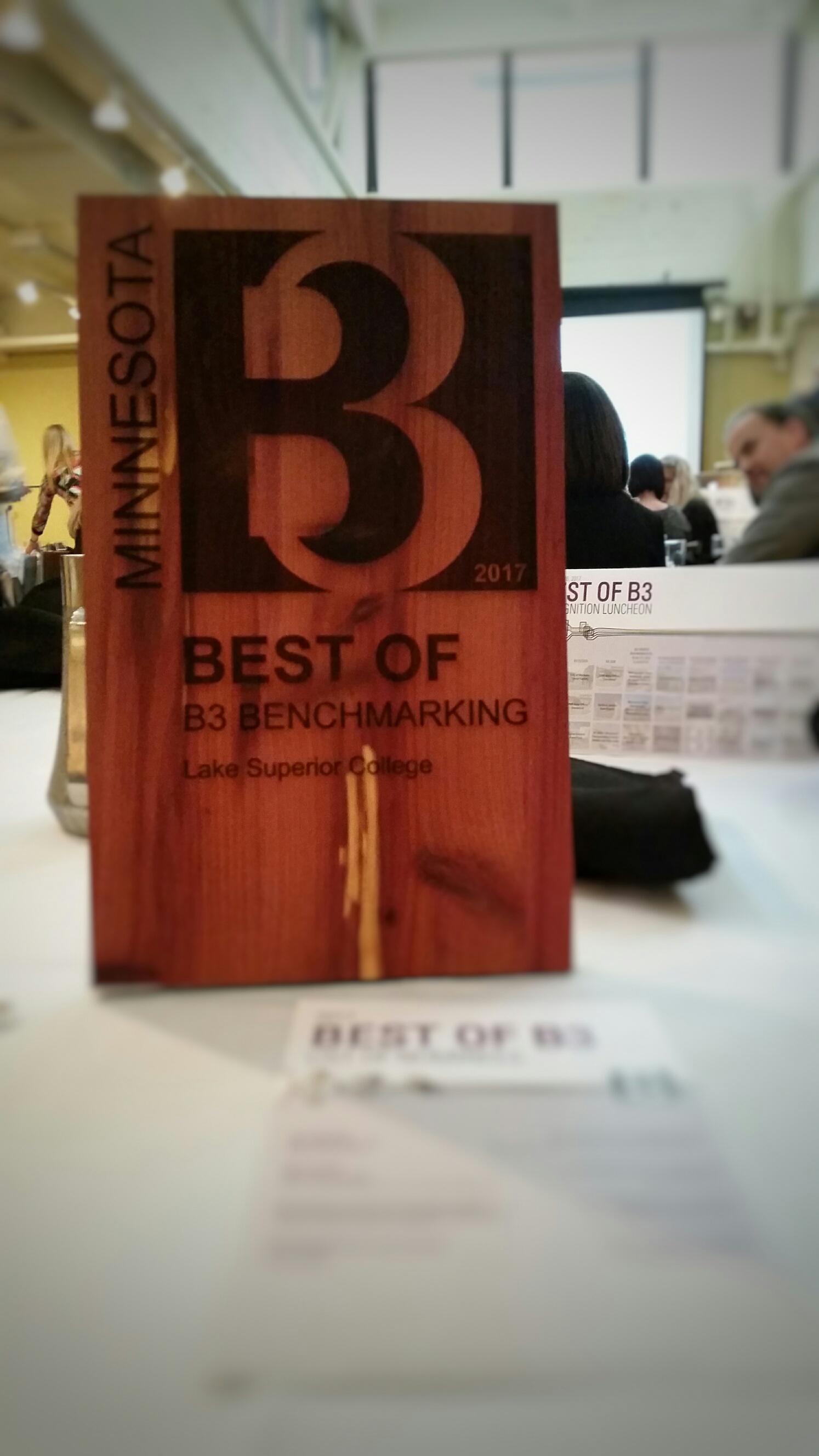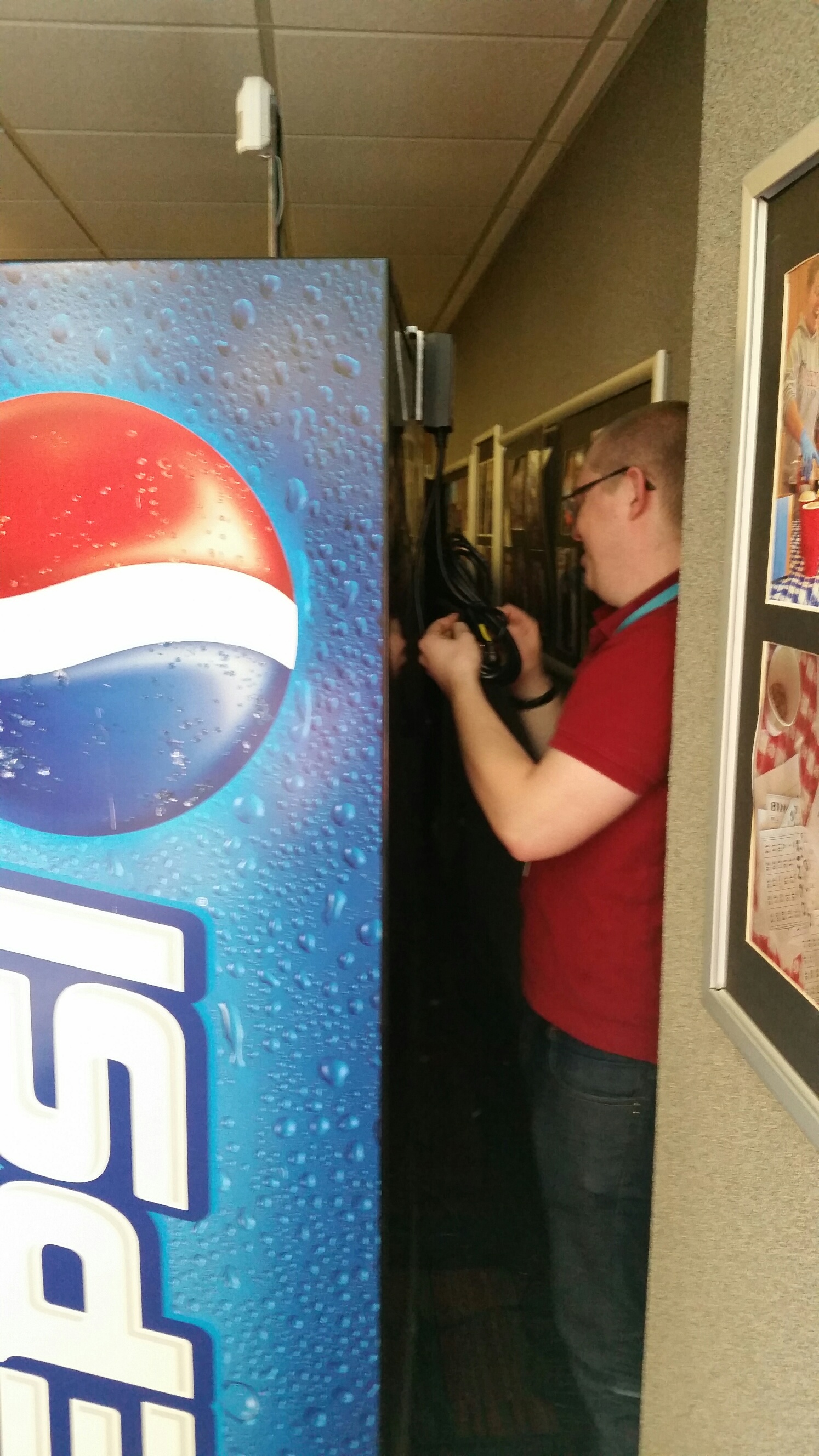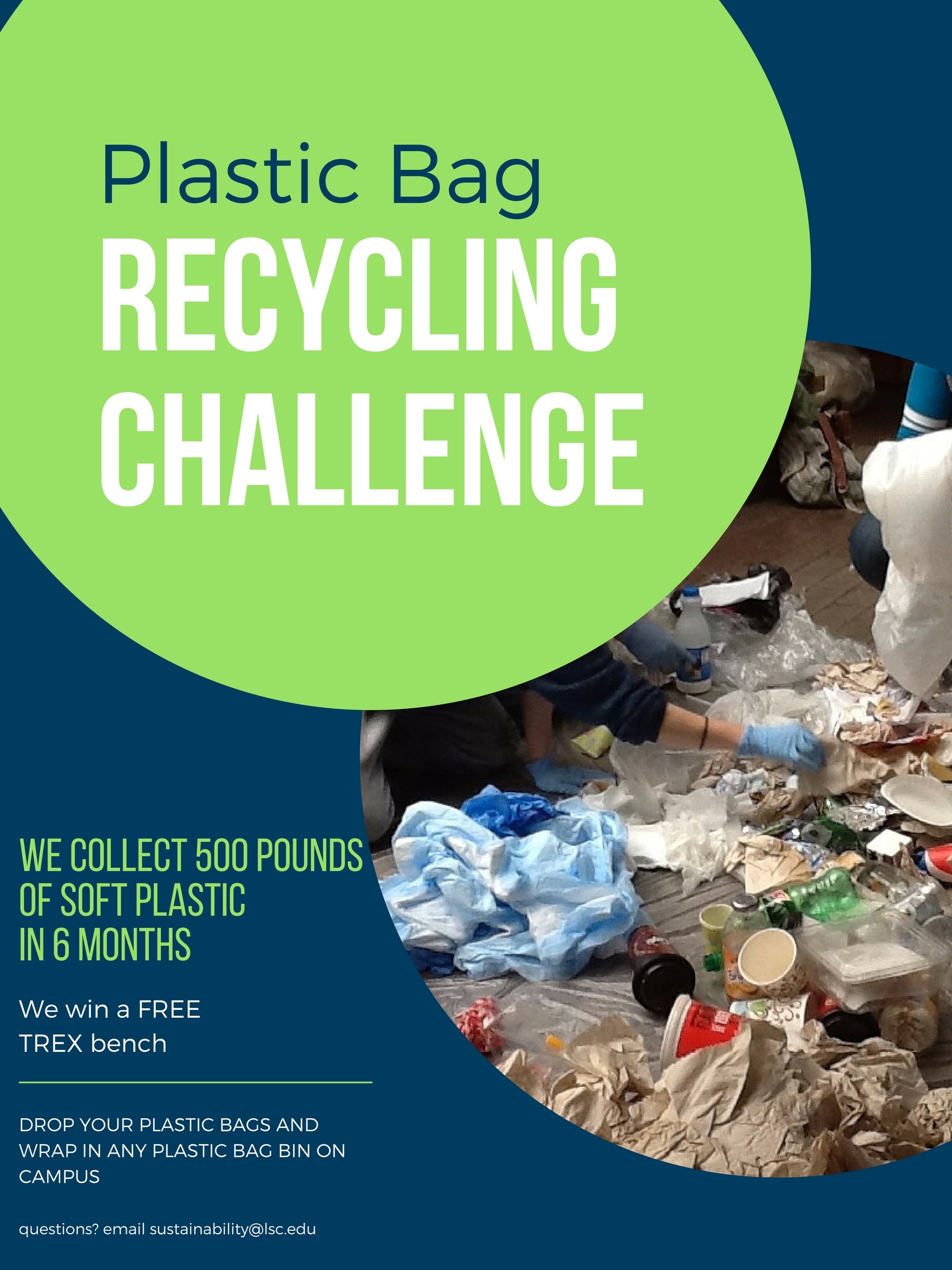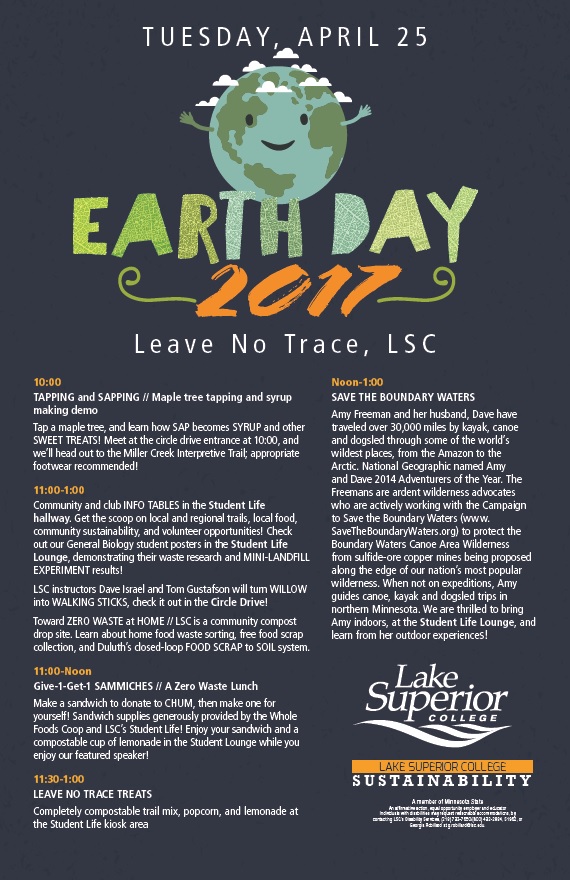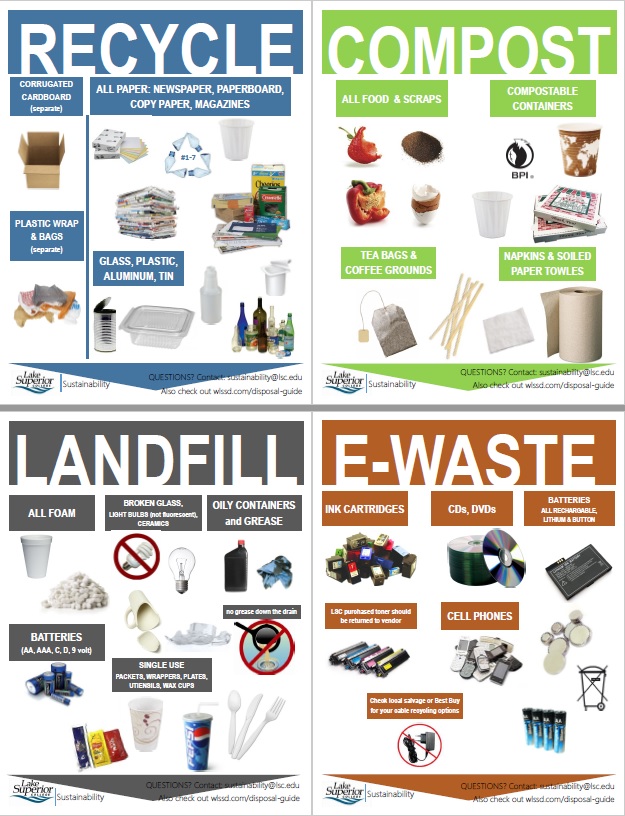Air Quality Index for Minnesota
One of the secondary roles of all GreenCorps members this program year is to inform employees of our host site and the community at large about air quality. The Minnesota Pollution Control Agency (MPCA) maintains an Air Quality Index (AQI) for the state of MN using data from 11 cities across the state. The MPCA has this information, broken down into local regions, on their Current Air Quality website which is updated every hour. These hourly AQI numbers are based on measurements of five pollutants including fine particles, ground-level ozone, sulfur dioxide, nitrogen dioxide, and carbon monoxide.
The actual calculation of the index is a rather complex process but the MPCA has that information on their website for those who are interested. Once the index is calculated (this happens hourly) it is scored on a 5 tier/300 point scale from good (0-50), moderate (51-100), unhealthy for sensitive groups (101-150), unhealthy (151-200), and very unhealthy (201-300). When the particulate with the highest scored AQI exceeds 101 the MPCA will issue an air quality alert. You can sign up to be notified by email or text message when an alert is issued by going to www.mn.enviroflash.info. The MPCA also has mobile apps for both Android & iOS devices to view real-time air quality information on the go. The EPA uses a very similar scale to rate air quality for the entire United States, you can view this information at https://www.airnow.gov.
You can use this information to make informed decisions about your time spent outside. Most days in Minnesota fall into the good air quality category meaning that air pollution levels are not expected to cause any negative health impacts to the population. However, when the air quality falls into the moderate category, it means air pollution levels are elevated and some groups such as people with asthma may experience negative health effects. If the air quality worsens, high levels of air pollution are expected and can affect a wider range of people. Some of these groups include those with preexisting cardiovascular or lung disease, older adults, children, and otherwise healthy individuals participating in extended outdoor activity. Finally when the air quality reaches the unhealthy category, everyone can experience negative side effects. All groups of people should avoid spending time outside especially near high emitting pollution sources, and everyone should adjust activity levels by rescheduling or reducing the duration or intensity of their activities where possible.
There are a number of factors that can influence air quality in Minnesota. The most common cause is changing weather patterns that increase rate at which air pollutants are formed in the air. Fine particle pollution can rise above the good threshold at any time of the year but this happens most often between November and March. These pollutants are what caused the air quality to fall into the moderate category across much of the state last week. Ozone pollution tends to be more common on hot sunny days with calm winds. Ozone pollution is also different than other types of pollutants because it is not directly emitted from a fixed source but rather is formed from a reaction between nitrogen oxides and volatile organic compounds in the air.
One very important thing to remember is that there are many things that you can do to keep the air good in Minnesota. In your home you can choose environmentally safe paints and cleaning products if at all possible. Another great day-to-day change you can make is to drive less both for commuting and errands. If you have a wood burning stove make sure that it meets EPA design specifications and burn only dry, seasoned wood. You can also reduce your homes energy use and choose Energy Star appliances when purchasing new ones. Now you know the pollutants, how they are measured, factors that influence daily air quality and most importantly, what you can do to help!
Posted in: Good Stuff, GreenCorps
Leave a Comment (0) →

